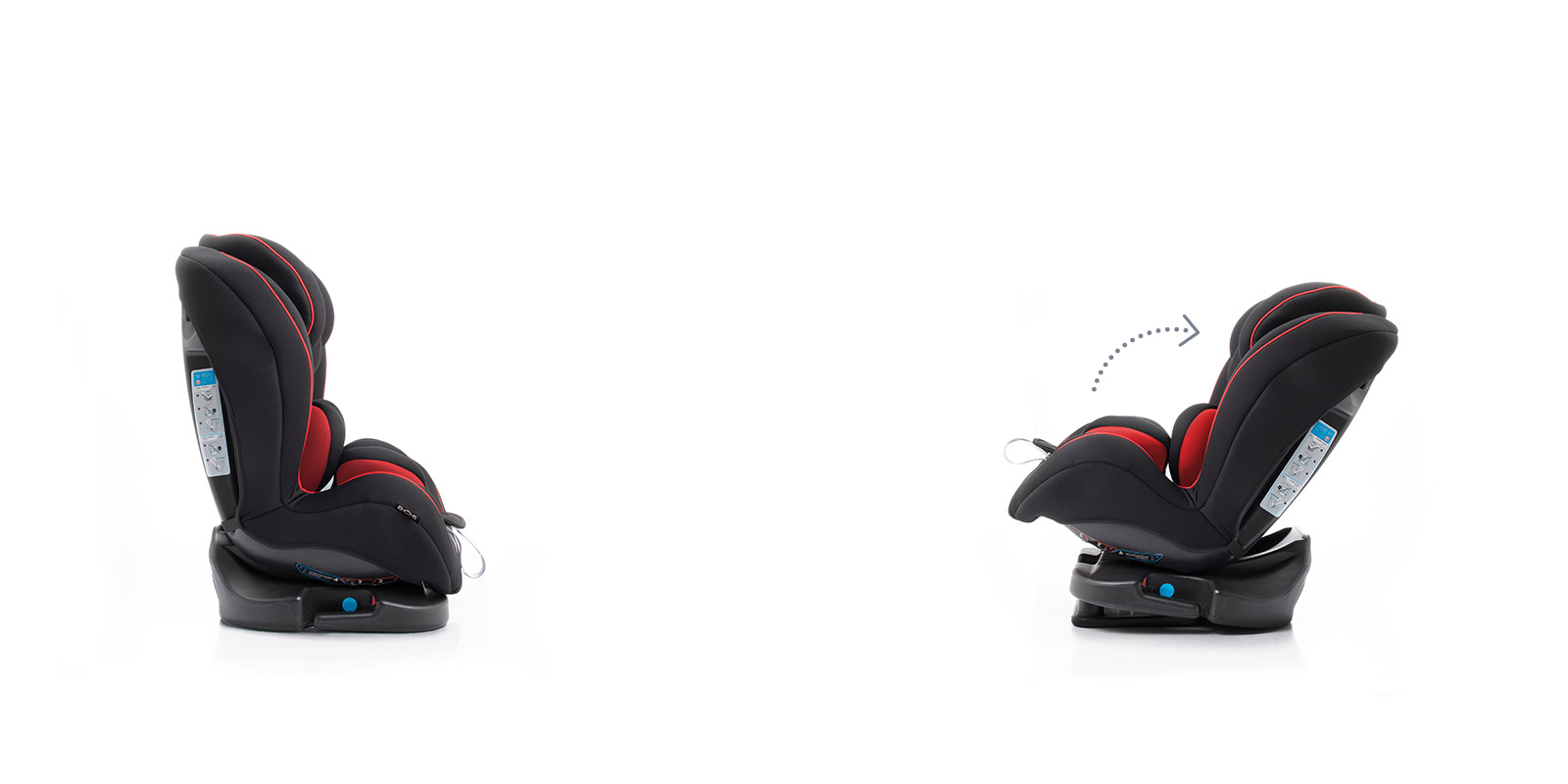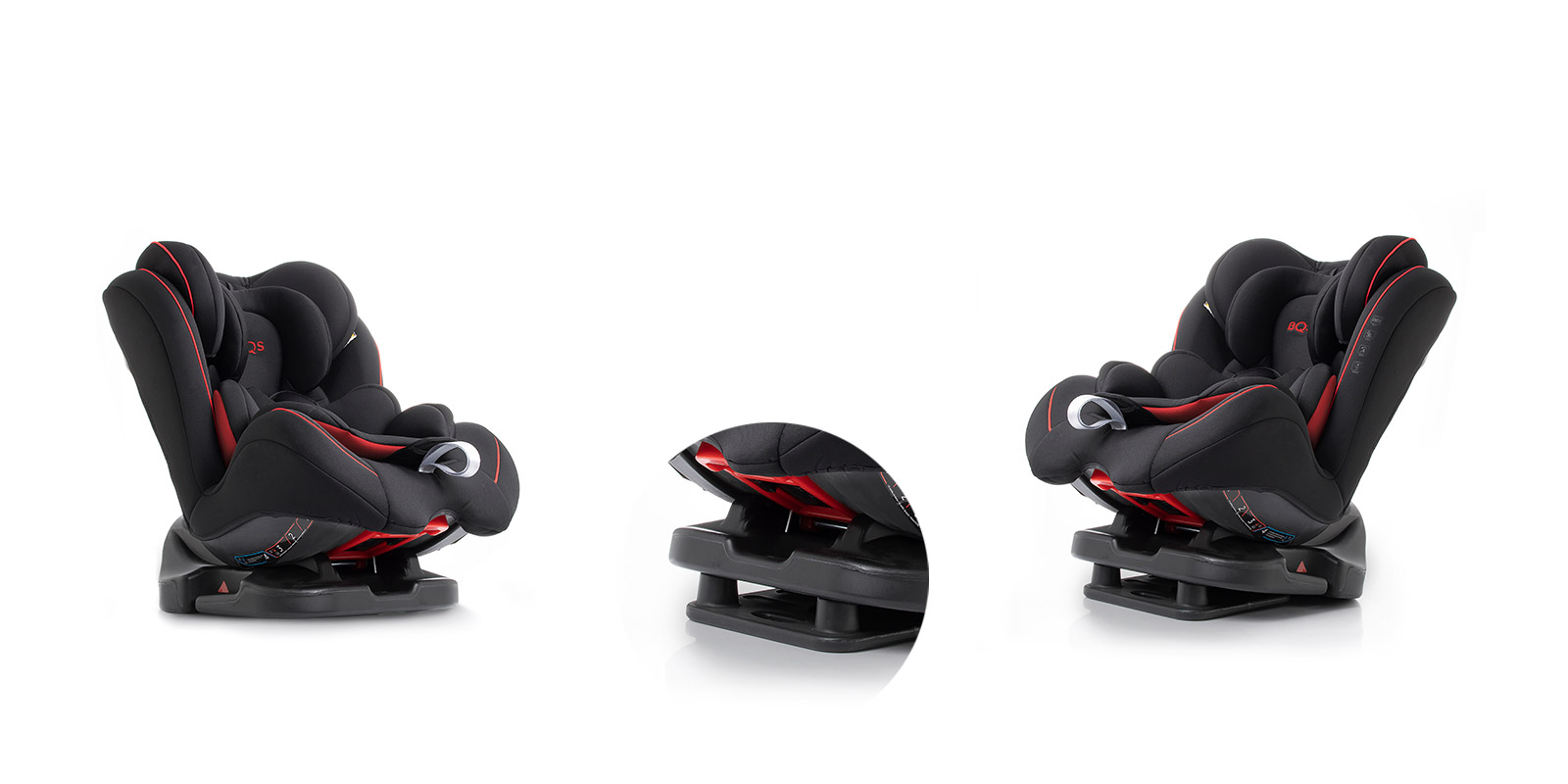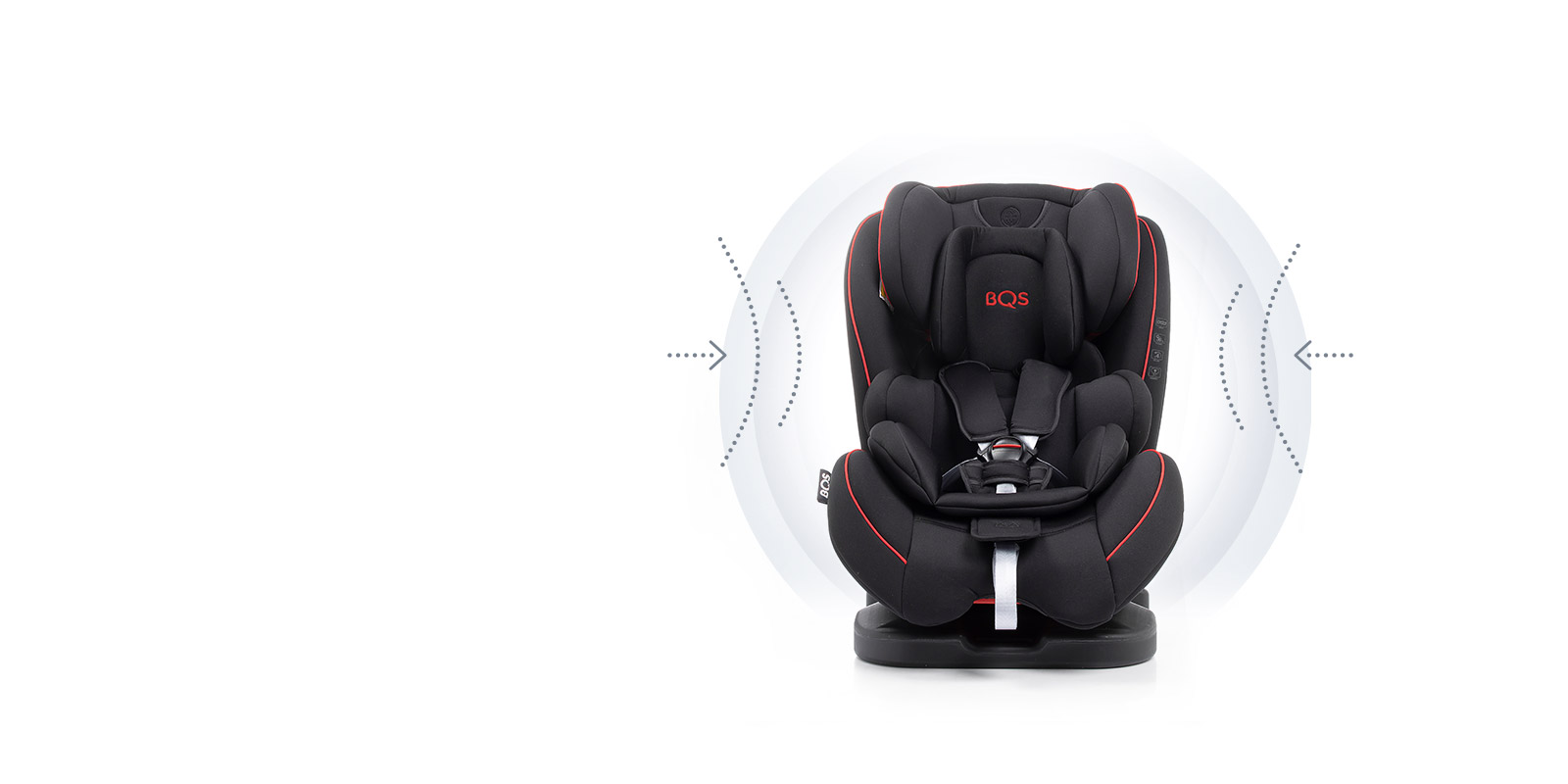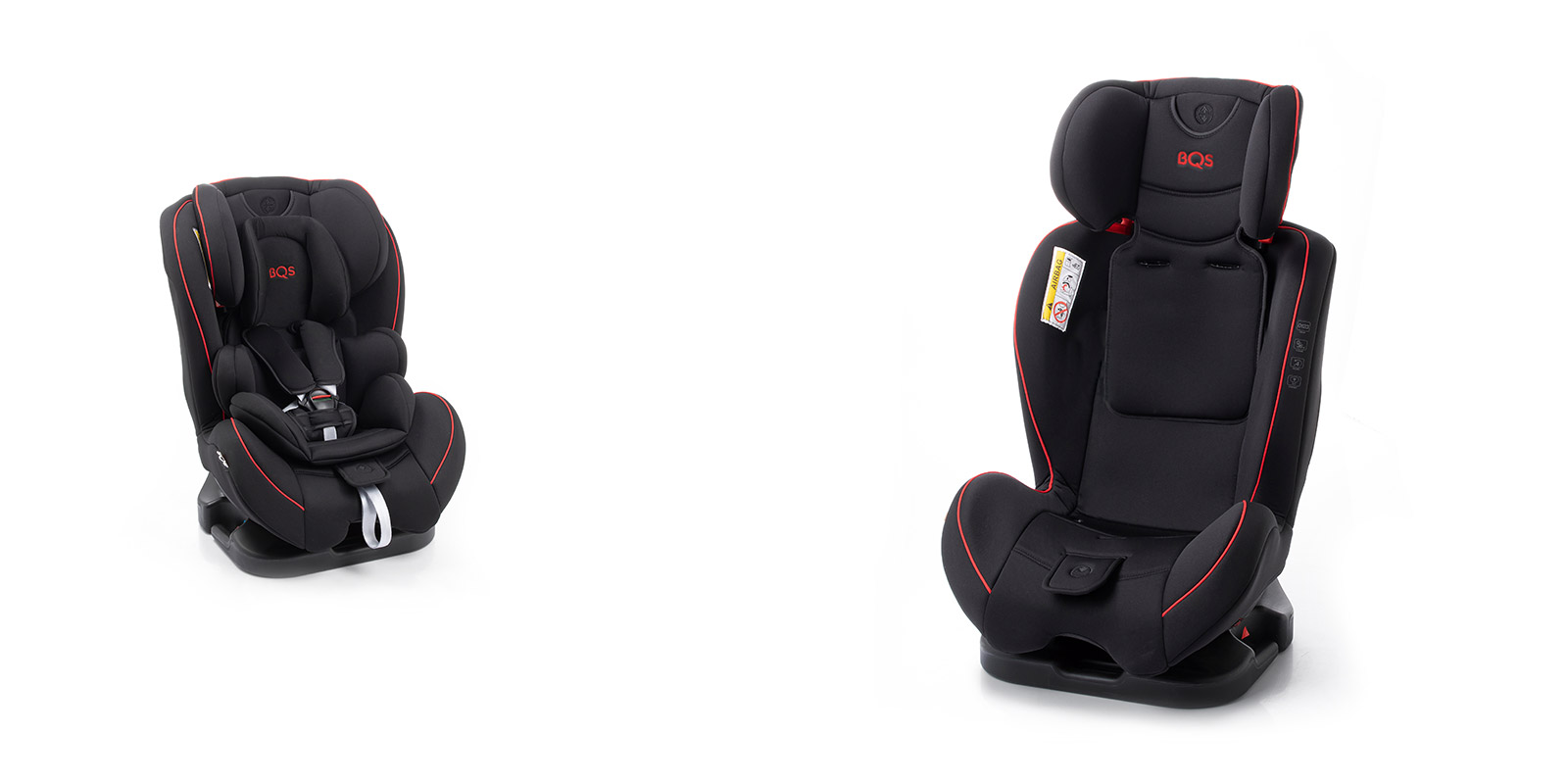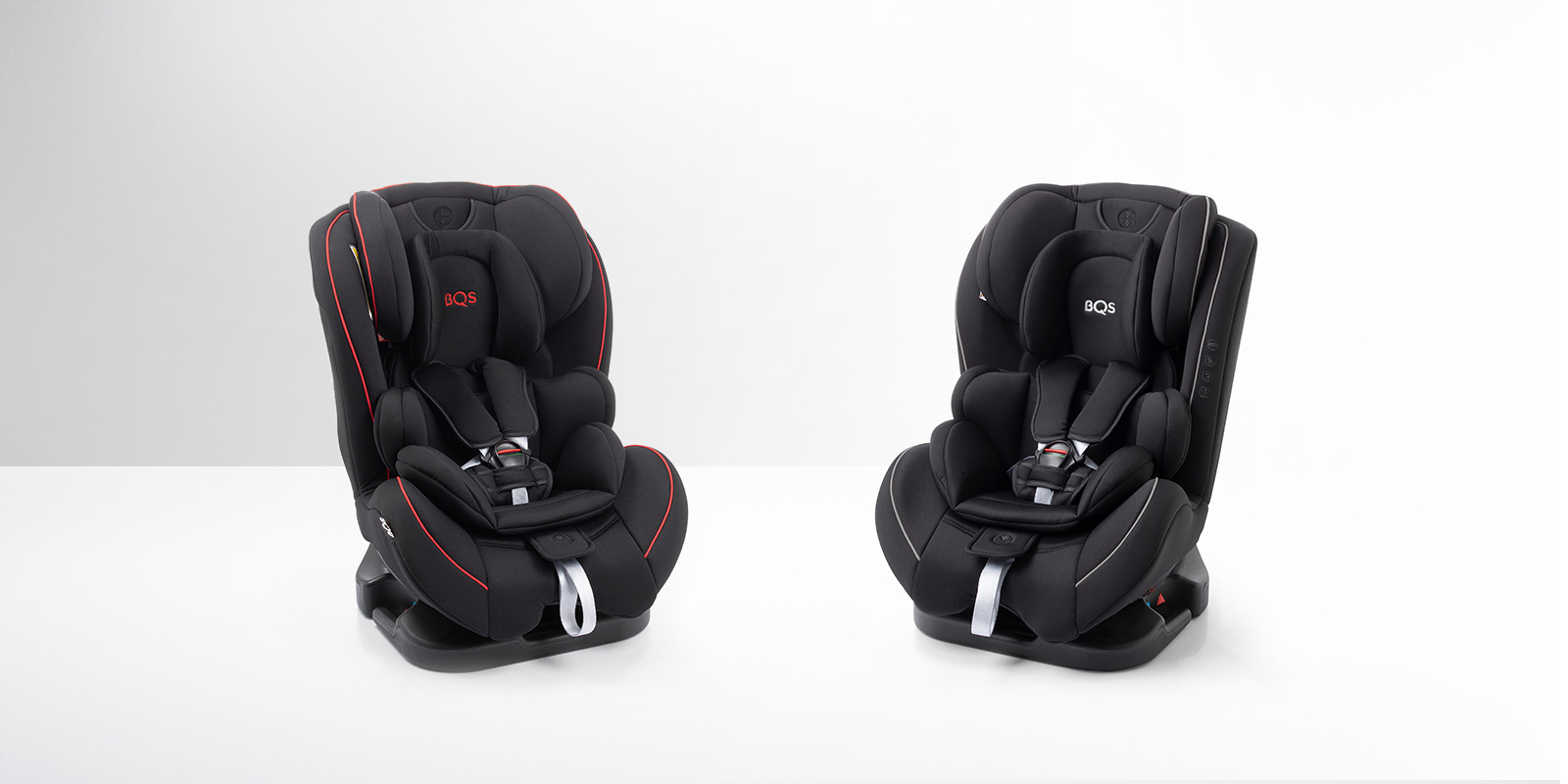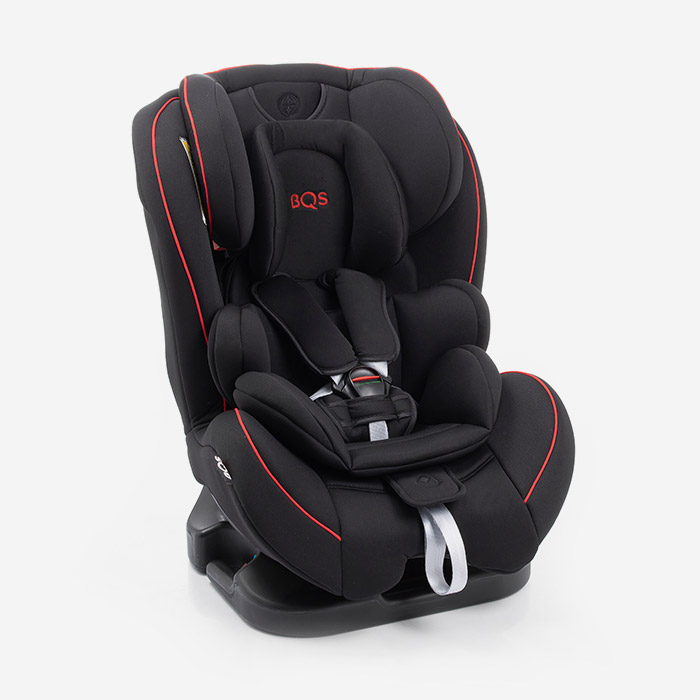
BTG 0123
Group 0+ 1 2 3
0 - 36 Kg.
From 0 to 12 years
Colours: Black-grey / Black-red
Installation
Car seat instructions manual.
For a safer journey
Tips to keep in mind.
-
How to choose the proper car seat
It is always important to choose the safety device according to their height and weight. The child seats are classified by the weight of the child.
-
Which is the safest position to install a car seat?
The rear and middles seats provided with three-point belts are the safest to install a child restraint system. If the vehicle has more than two rows of seats, the seat should be installed in the middle row to reduce the effect of impacts from any side of the car.
-
Travelling with various Kids
Spanish law indicates that children under 18 years of age with a height equal or less than 135 centimeters should travel in rear seats. Outstandingly, they will be able to install this item in the front seat in the following cases (always using the safety seat according to ECE R44/04 standards):
• Whenever the vehicle does not count with rear seats.
• When all rear seats are already occupied by children shorter than 135 cm height.
• When it is not possible to install all child restraints systems in the rear seats.
-
Fitting the seat to the child's size
Proper adjustment of the height of the harness ensures the child will be seated correctly. The harness should be adjusted to the height of the child’s shoulder or slightly above; never behind the child’s back or level with the ears.
-
Advice for a proper care
- Removable cover.
- Machine wash, cold (30º).
- Do not bleach.
- Dryclean, any solvent except trichloroethylene.
- Do not tumble dry.
- Do not iron.
-
Rear-facing travel
In the new regulations for child restraint systems, ECE R129 (i-size), the United Nations' Working Party on Passive Safety (GRSP), which regulates CRS policy development, has decided that the universal criterion should be that children travel in a rear-facing position until the age of 15 months. Rear-facing child seats offer better protection, especially in the case of a head-on collision, one of the most serious yet common accidents on the road. In this type of collision, the crash forces are dispersed across the back of the car seat, meaning that the child's deceleration is reduced and absorbs less energy than if travelling facing the other direction.Although regulation R129 recommends that children travel in a rear-facing position until the age of 15 months, the previous provision ECE R44 (still in force) obliges infants up to a weight of 13 kg (group 0+) to travel in this position and, optionally, up to 18 kg (group 1). In these cases, following the instructions of the child seat and car is recommended, always bearing in mind that the child must travel in a comfortable position and that the interior of the vehicle must allow for a correct installation of the seat.
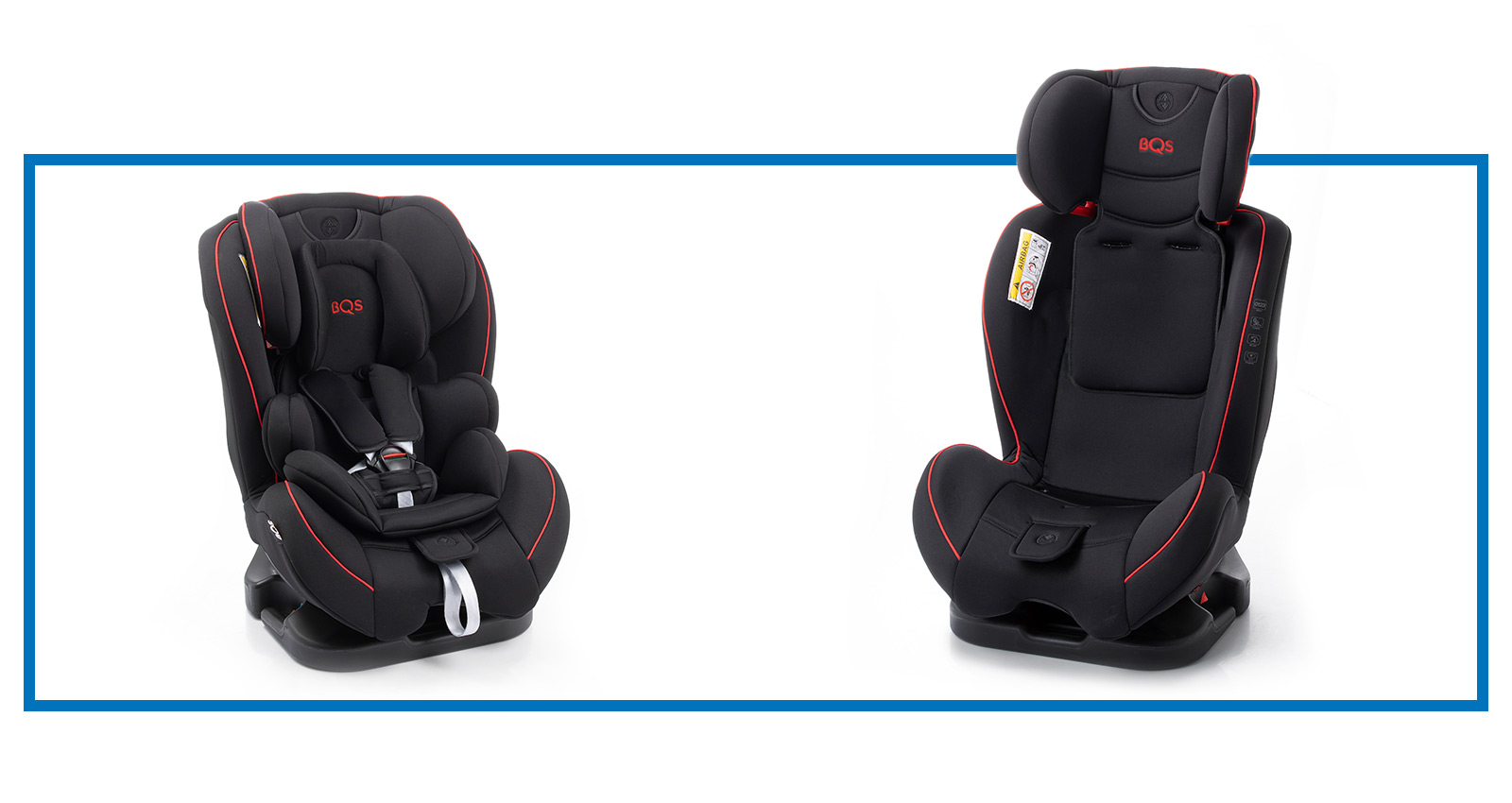
 Evolutive system
Evolutive system  Recline positions
Recline positions  Height adjustable headrest
Height adjustable headrest  Shoulder pads
Shoulder pads  Car belt guides
Car belt guides 